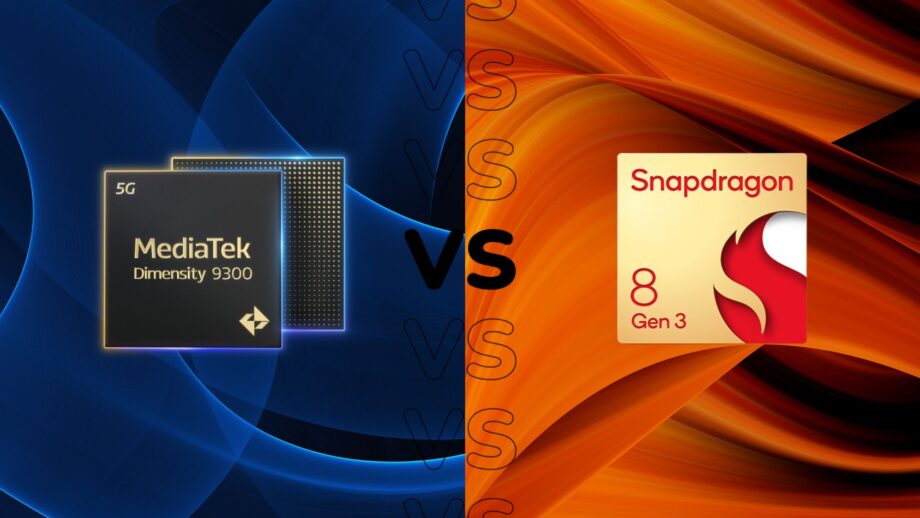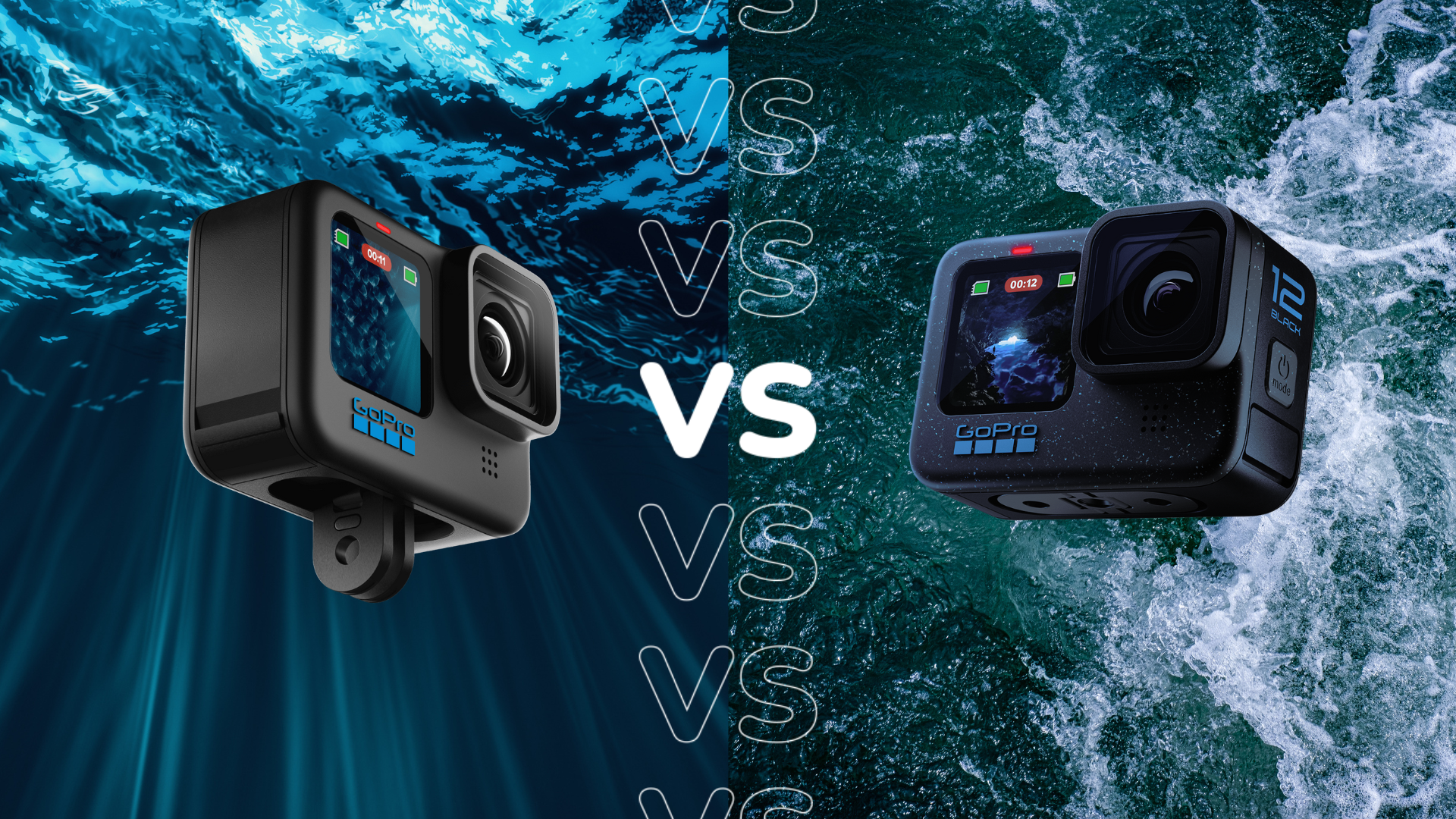MediaTek Dimensity 9300 vs Qualcomm Snapdragon 8 Gen 3: Which chip wins?

MediaTek and Qualcomm latest and greatest mobile chips are now on the scene, and we’re comparing the specifications to see which comes out on top.
There’s a slew of new mobile chips launching every year but the top-end mobile chips come from Qualcomm and MediaTek. The latest additions are the Dimensity 9300 and the Snapdragon 8 Gen 3. These are the key differences.
Different approaches on big and little cores
Despite both of these chips being based on the same Arm 4nm architecture, the MediaTek Dimensity 9300 and Snapdragon 8 Gen 3 are set to differ quite a bit in how they perform in different tasks. That’s all because they approach the types of computing cores they use in different ways.
The MediaTek has a bigger focus on performance, with all of its cores being what you’d call “big” or “medium” and that means all the cores are the type typically used for high-demand tasks, rather than using more efficient “little” or “small” cores.

Apple TV+
The Home of Apple Originals. Enjoy star-studded, award-winning series, films, and more. Grab your 7 day free trial now.
- Apple
- 7-day free trial
- £8.99 p/m
By comparison, Qualcomm goes for the more typical approach with a mix of “big” cores and “little” cores, with the latter being deployed for lower-demand tasks.
Things get a bit confusing as MediaTek still defines its 4x Cortex-X4 cores (up to 3.25GHz) as performance cores and its smaller 4x Cortex-A720 cores (up to 2.0GHz) as efficiency cores. And, typically, big and little can often be used interchangeably with performance and efficiency but, in this case, MediaTek’s efficiency cores offer more performance than your typically “small” core, as such it is designated a “medium” core by Qualcomm.
So, on the Snapdragon 8 Gen 3 side, you get one big core, five medium and two little. More specifically these are 1x Cortex-X4 (up to 3.3GHz), 3x Cortex-A720 (3.2GHz), 2x Cortex-A720 (3GHz) and 2x Cortex-A520 Refresh (2.3GHz). You can see, when comparing the types of cores that Snapdragon and the MediaTek share, that the 8 Gen 3 has higher processing speeds.
The combinations will make for interesting analysis in testing as the Snapdragon is a more traditional approach, just with boosted power compared with the previous model, while MediaTek is trying something a bit different.
The MediaTek supports a higher megapixel count for a single camera
Now, we all know that megapixels aren’t everything but if you’re reading a comparison between two chips then you’re obviously mightily interested in raw numbers.
The MediaTek 9300 chip is able to support up to 320MP on a single camera, while the Snapdragon 8 Gen 3 is limited to a 200MP single shooter.
However, Qualcomm does bite back with what it can offer across other camera features, including 108MP with zero shutter lag, 64MP and 36MP with zero shutter lag and 3x 36MP with zero shutter lag.
The video capabilities of the Snapdragon 8 Gen 3 also offer 8K/30fps HDR video, but this is matched by the MediaTek 9300. However, the Snapdragon can hit 4K/120fps compared with just 4K/60fps on its key rivals.
Faster RAM vs faster download speeds
The MediaTek 9300 offers speedier RAM than the Snapdragon, with LPDDR5T used for its memory rather than the LPDDR5X used on the 8 Gen 3. And, the “T” stands for Turbo, giving it around more 10% faster speeds than the “X” version.
However, the Snapdragon modem offers up faster 10,000Mbps download speeds versus the 7,000Mbps on the MediaTek. Now, both are extremely speedy but if you are someone who downloads a ton of data on the go then you may notice the difference.







